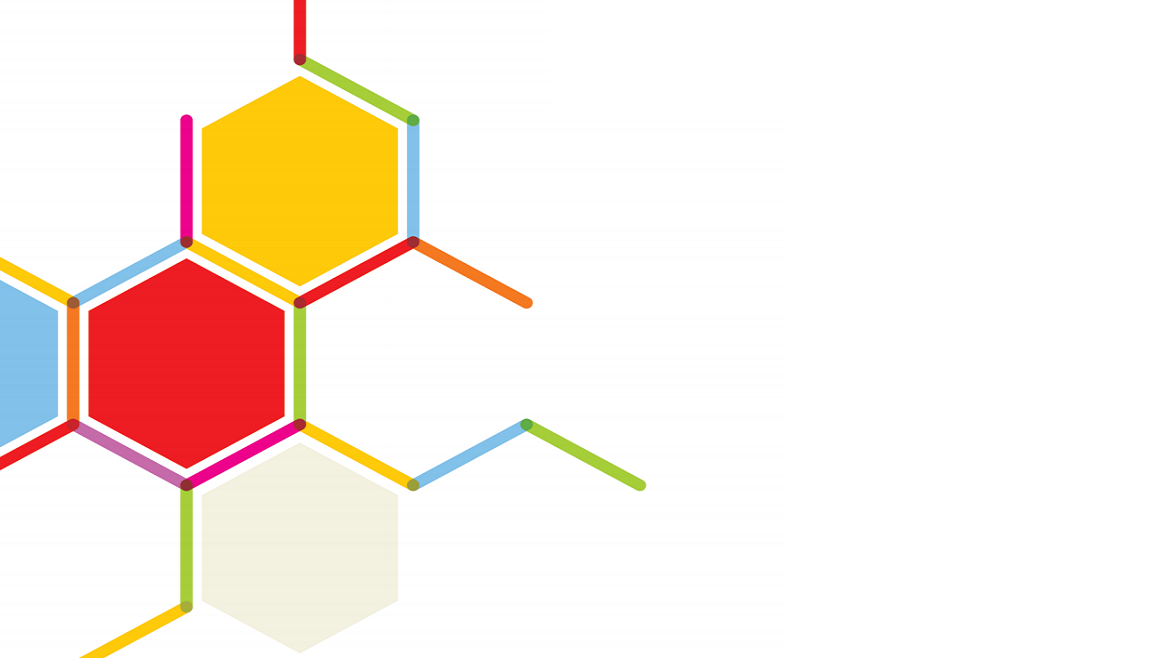Tata Chemicals, one of India’s largest chemical companies, saw its annual revenues quadruple from US$674m in 2004 to US$2.9bn in 2008, before falling slightly to US$2.1bn in 2009, during the global economic downturn.
“We are very fortunate that our home market is Asia,” says Ramakrishnan Mukundan, the firm’s managing director. “If you look at the past and the immediate future, the bulk of profit growth and the bulk of new segment growth in terms of products are happening in Asia.” Even though Europe and North America continue to lead in a few manufacturing segments, such as high-end pharmaceuticals, Mr Mukundan believes that Asia is closing the gap, driven partly by rapid developments in the region’s regulatory frameworks.
Mr Mukundan believes that competition in the PeC sector has changed with greater consolidation in the market. “It has led to the creation of larger firms that have multiple capabilities,” says Mr Mukundan. “Firms with market access have been acquiring or merging with firms that have access to lower costs in the form of cheaper energy or access to raw materials.” As such, PeC firms are looking to partner with other companies that have complementary skills or competitive advantages.
Over the next few years, Mr Mukundan expects PeC firms to compete across three dimensions. “The first is a large focus on sustainability. The second issue is innovation. The third is how companies can implement the first two in order to harness what is referred to as the market at the bottom of the pyramid,” he says, referring to emerging markets in Asia, Latin America and Africa. In this regard, Asian companies have an advantage as “they have a touch and feel” of this market. Mr Mukundan believes these three factors will be the key drivers of profitability.
However, Mr Mukundan stresses that underlying the three dimensions of competitiveness—innovation, sustainability and untapped markets—is preferential access to energy and feedstock. “Firms have to reach out and get that advantage,” he says, pointing out that these input cost arbitrage opportunities have grown over the last few years.





